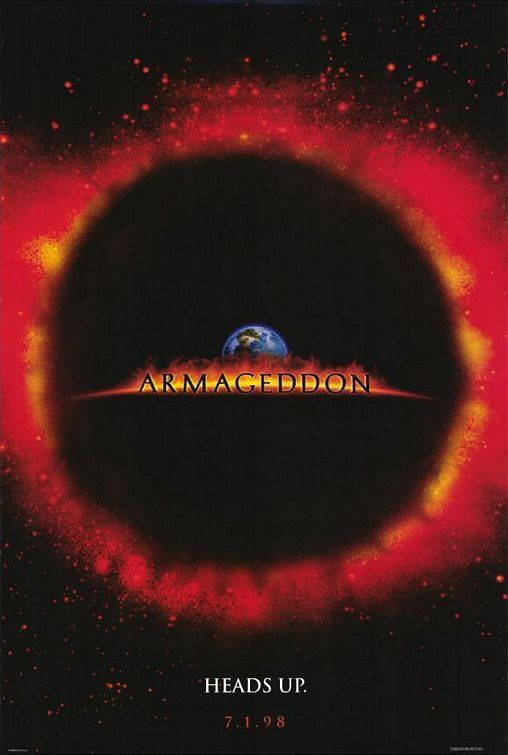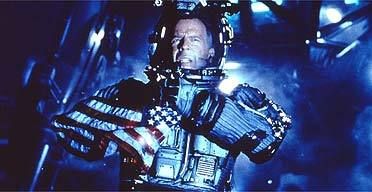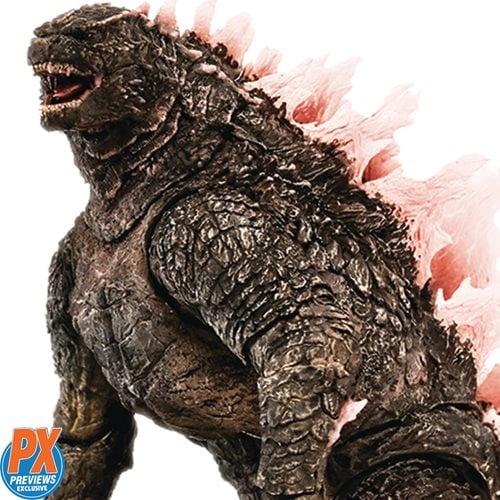 US Space Agency NASA is taking a cue from director Michael Bay's sci fi "Armageddon" feature by drawing up plans to have an astronaut rendezvous with a killer asteroid, on a collision course with the Earth.
US Space Agency NASA is taking a cue from director Michael Bay's sci fi "Armageddon" feature by drawing up plans to have an astronaut rendezvous with a killer asteroid, on a collision course with the Earth.
Hurtling through space at more than 30,000 mph, the asteroid "Apophis" has already been identified as a possible threat to Earth in 2036.

"Being able to have astronauts go out there and sort of poke one (asteroid) with a stick would be scientifically valuable as well as demonstrate human capabilities", said Chris McKay of Houston's NASA Johnson Space Centre.

An asteroid 1km across, striking the Earth at a 45 degree angle could generate the equivalent of a 50,000 megatonne thermonuclear explosion. Attempting to break it up with an atomic warhead might only generate thousands of smaller objects on a similar course.
"A human mission to a near Earth asteroid would be scientifically worthwhile," McKay said.
Dan Durda, a scientist at Southwest Research Institute in Boulder, Colorado said an asteroid landing mission would be a good way to test the new "Constellation" spacecraft replacements for the space shuttle.
"A very natural, early extension of the exploration capabilities of this new vehicle's architecture would be a 'quick-dash' near-Earth asteroid rendezvous mission."
Asteroids have hit the Earth before, including a newly discovered crater, 18 miles in diameter, 12,500 feet below the surface of the Indian Ocean.

An asteroid smashed into the water 4,800 years ago, producing a tsunami at least 600 feet high and 13 times as big as the one that inundated Indonesia two years ago.
Click here for more








































































